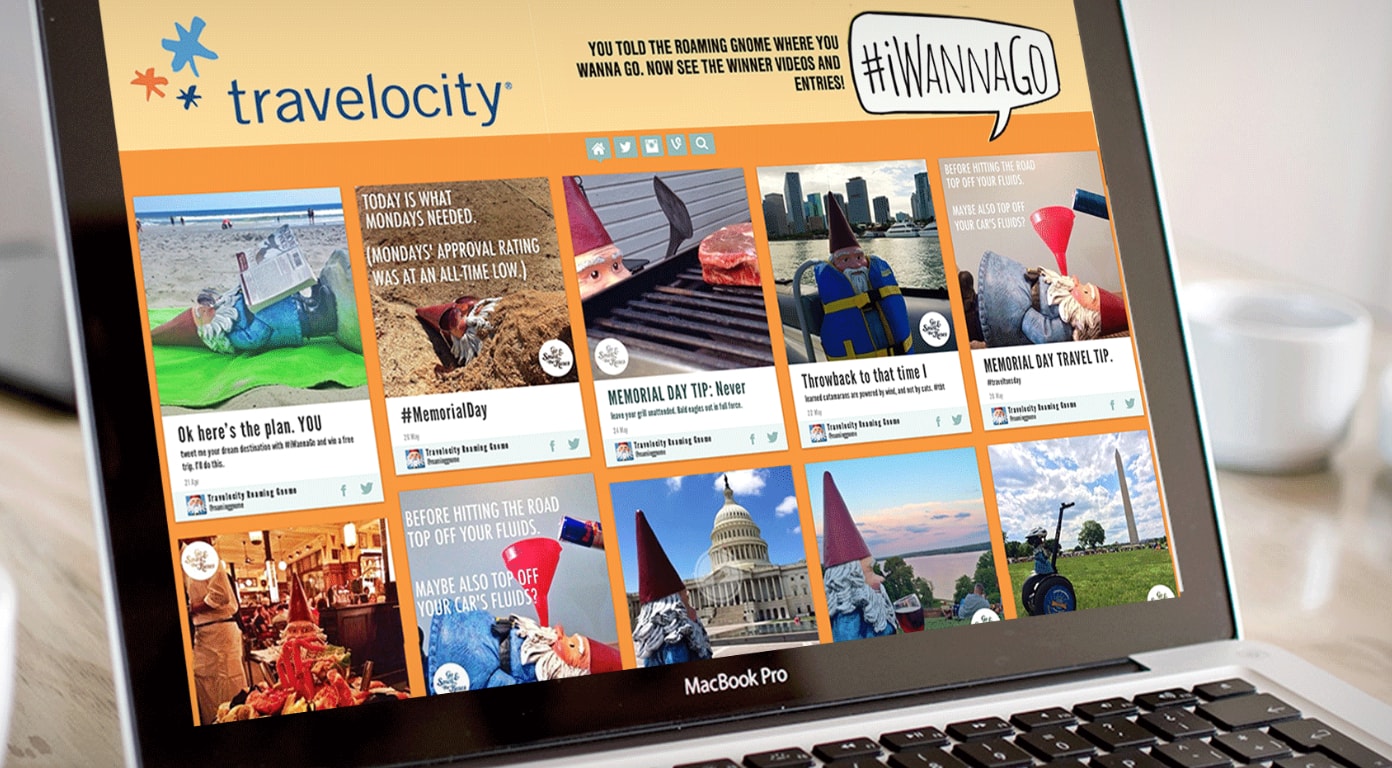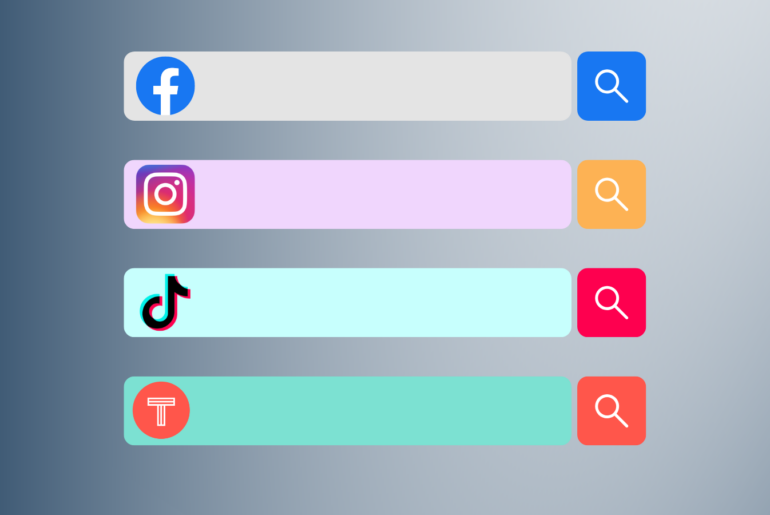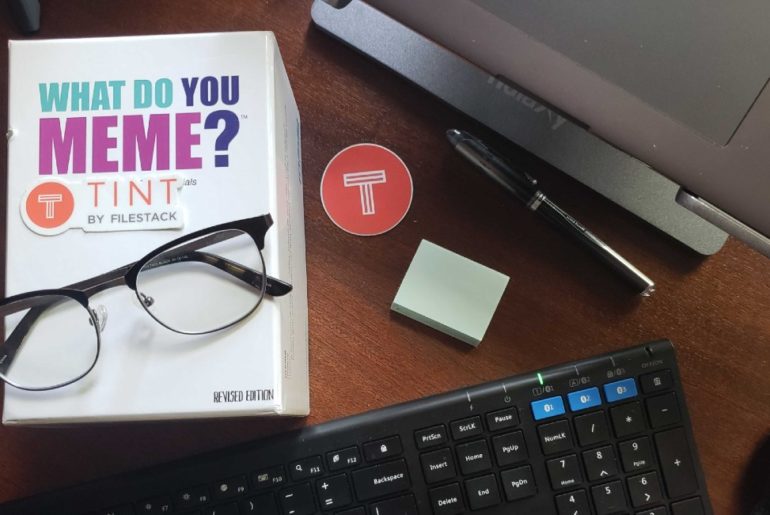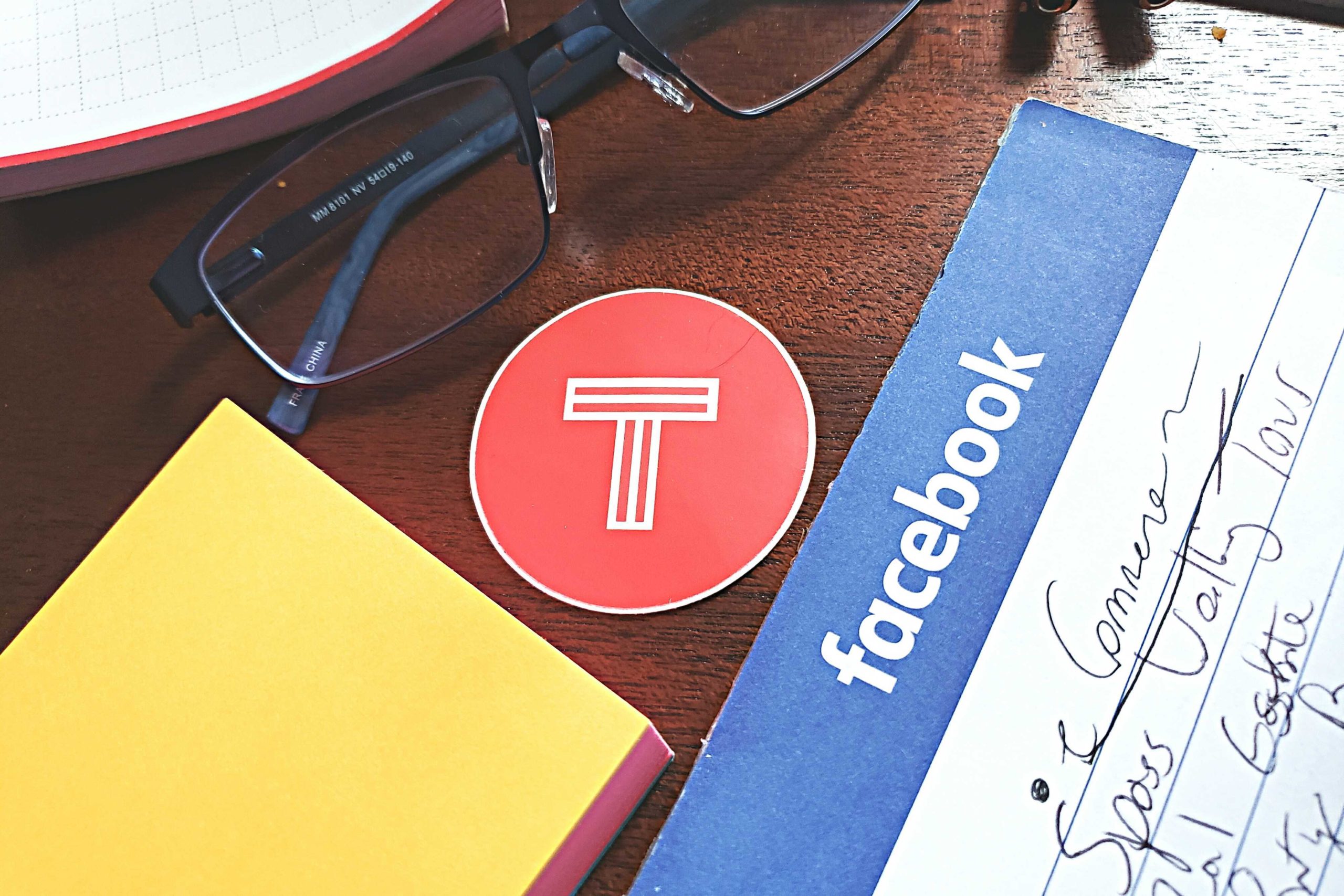The moment is here. You’ve worked exhaustingly hard, creating a branded hashtag for your business, launching it into visibility, and generating enough conversation that you’re gaining real results. And then the campaign is over—so now what?
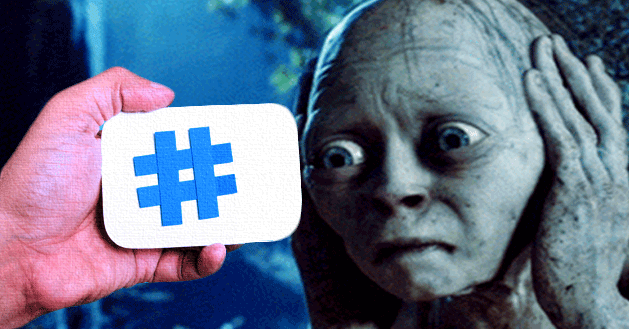
Now, you keep the momentum going from your hashtag campaign. Too many businesses make the easy mistake of letting the momentum die out, thinking that the impact from the campaign alone is enough. While the original impact is great, keeping the momentum moving forward is so, so much better.
Hashtags can still be extremely powerful even after the original campaign is over, and can be used to continue to generate conversation. The results from your campaign are also just as powerful, and we’re going to look at how to use both in this blog post.
How to Utilize & Reuse Content from Hashtag Campaigns
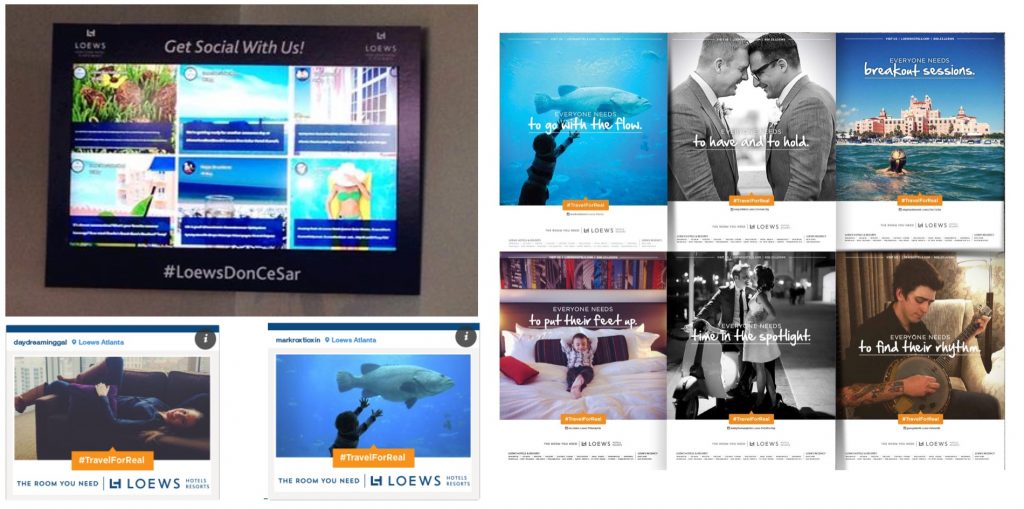
While getting a ton of conversation about and involving your brand going on social media is a great thing, you can take those benefits and amplify them when you reuse the user generated content you receive from the hashtag campaigns. This is crucial to keeping the momentum going during—and after—your campaign.
Some of the best ways you can use and refuse content from your hashtag campaigns is to display the content on your site and to display it on your business’s property, and we’re going to look at how to do both now.
Display User Generated Content on Your Website
If you want to maximize results and boost momentum from your hashtag campaign, the most important thing you can do is display the UGC from the campaign on your website. Tools like TINT allow you to create and moderate streams of UGC that you can place anywhere on your site, which you can use to feature the campaign and all the content that’s come from it.
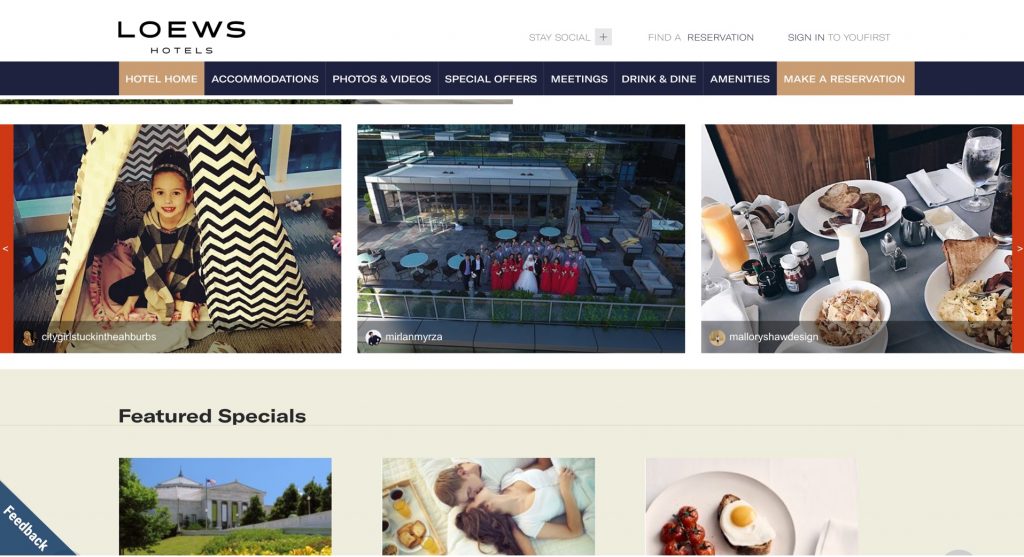
Featuring your hashtag on your site along with customer-shared UGC can boost engagement, visibility, and revenue.
Not only will this increase social engagement, it will can also boost revenue. Ann Romney recommends having a “story wall where people…can continue to share their stories.” Specifically in regards to non-profits, she says that using “call-to-actions and turning your campaign into a revenue generation social (stream)” can be effective for brands of all sizes.
A great example is the Bubble Foundation’s #WearYellowforSeth campaign, which went viral thanks to some attention from big name celebrities like Ashton Kutcher. The campaign received an enormous amount of engagement, which increased visibility, and a high number of donations.
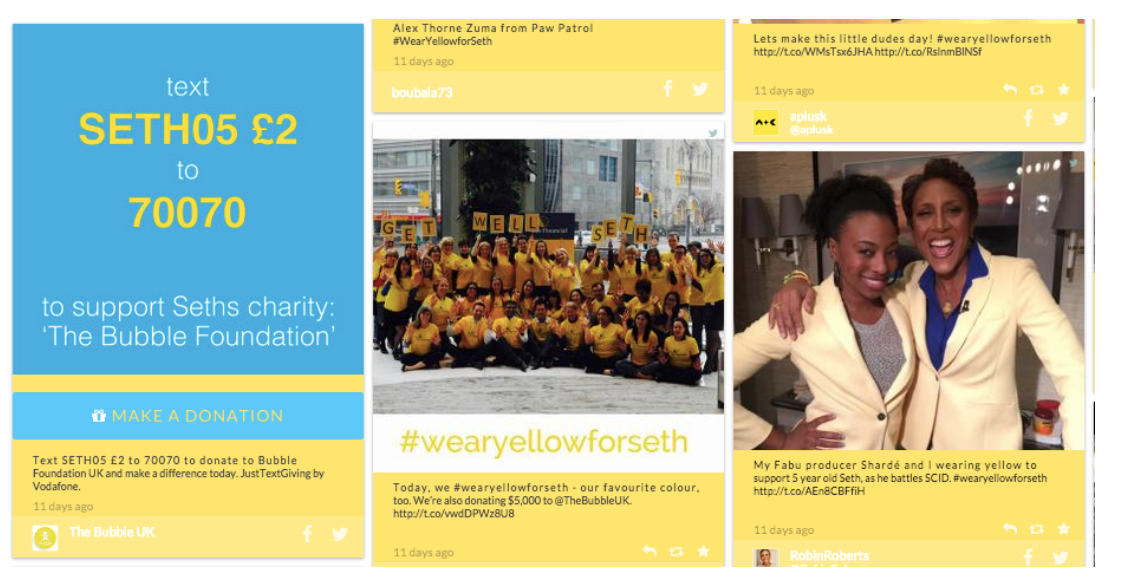
The Wear Yellow for Seth campaign was fueled entirely by social media engagement and UGC.
Here’s the kicker: part of the reason this campaign got the enormous results they did was because they kept the momentum from the hashtag campaign going; they created a site and used TINT displays to share the UGC, allowing and encouraging users to continue to contribute, which in turn keeps fueling the hashtag fire. The flood of engagement brought awareness and kept momentum moving forward without additional work from the foundation, and this awareness continued to bring in donations.
Demonstrating another use case, Georgia State University uses content from hashtag campaigns on their sites to build and foster an online community amongst students and alumni. With hashtags like #GSUncommon, they’re able to create niche groups among their students, and they display the shared content online. Creating an online community around your brand is essential towards creating brand advocates and brand ambassadors, so this is a great way to utilize content.
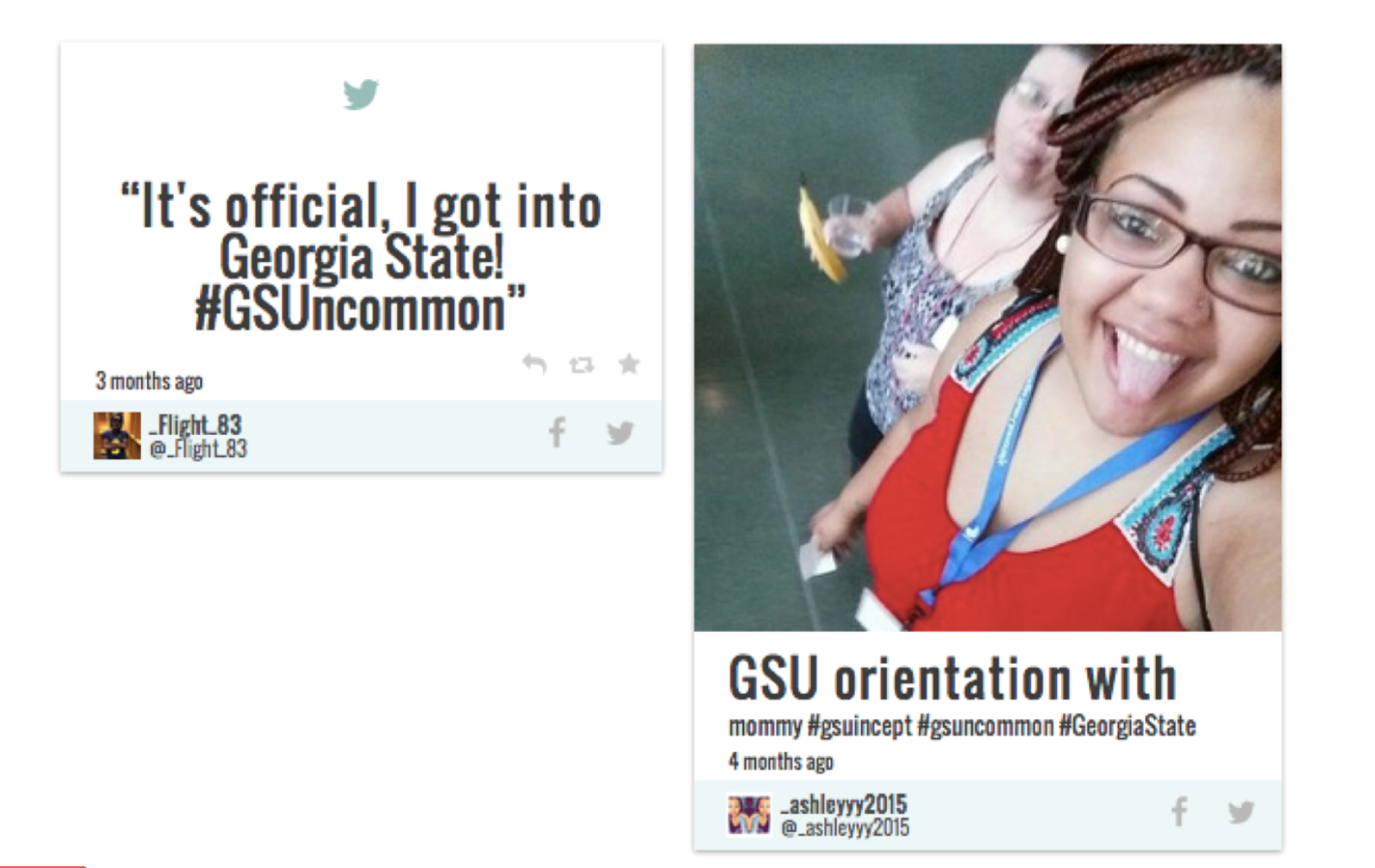
Using content from hashtag campaigns to build an online community can create brand advocates.
Travelocity’s #IWannaGo campaign was also a huge success. They featured content from their hashtag campaign on their site via TINT, which only increased their results. After featuring the content on their site, they permanently grew multiple social media channels by sending users from their site to their social profiles, got over 25,000 people engaging, and more. By placing the content on their site instead of just on social, they:
- Increased purchase consideration by 11% among key consumers
- Beat competitors out by 5% in brand awareness
- Send social impressions skyrocketing
- Resulted in 95% of visitors scrolling down on the landing page to learn more
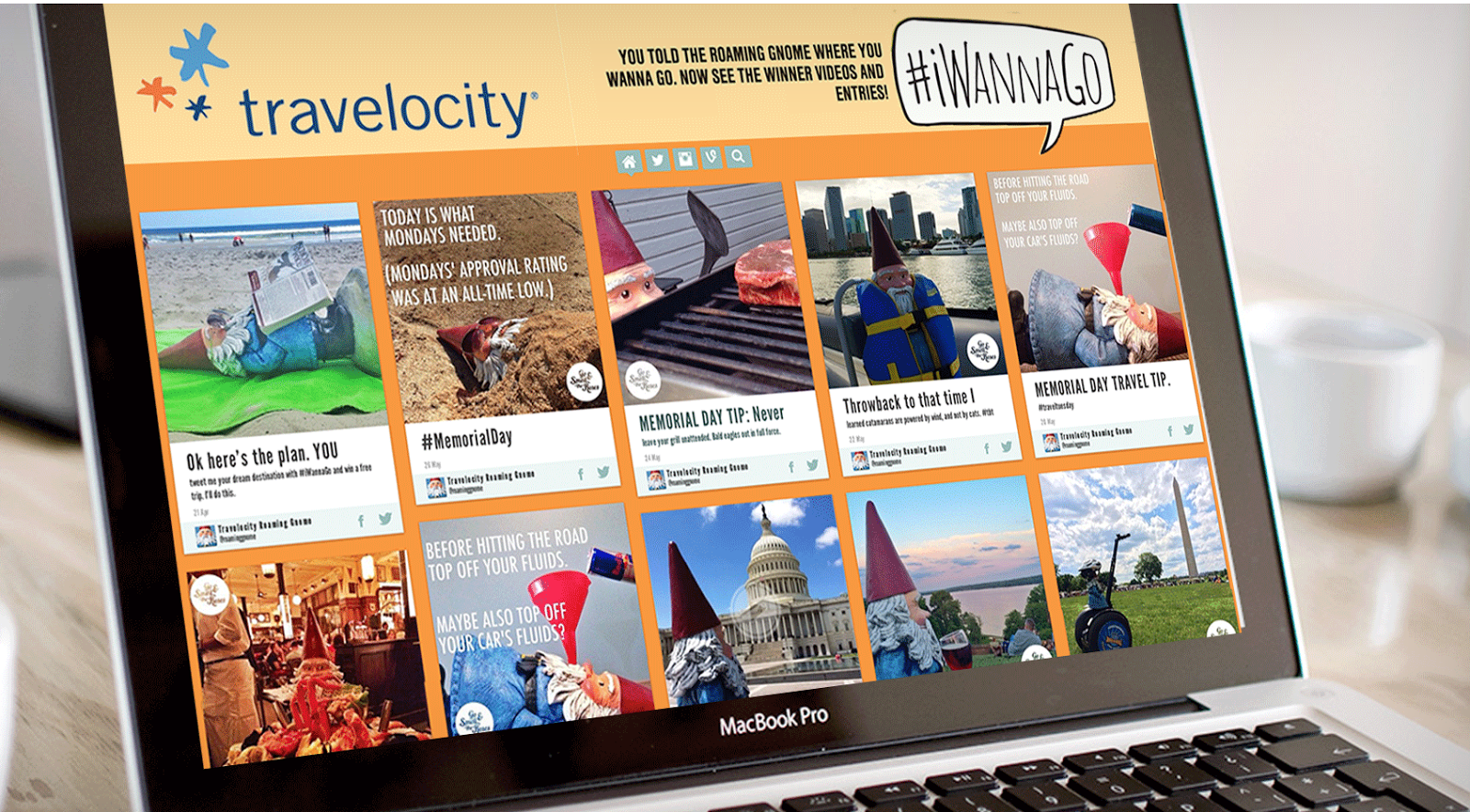
Placing social contest hashtag campaigns on their site brought big results.
All of these results speak for themselves, and all can result in more social followers, more social and on-site engagement, more brand awareness, and ultimately, more profit for your brand.
Display on Your Physical Properties and In-Store
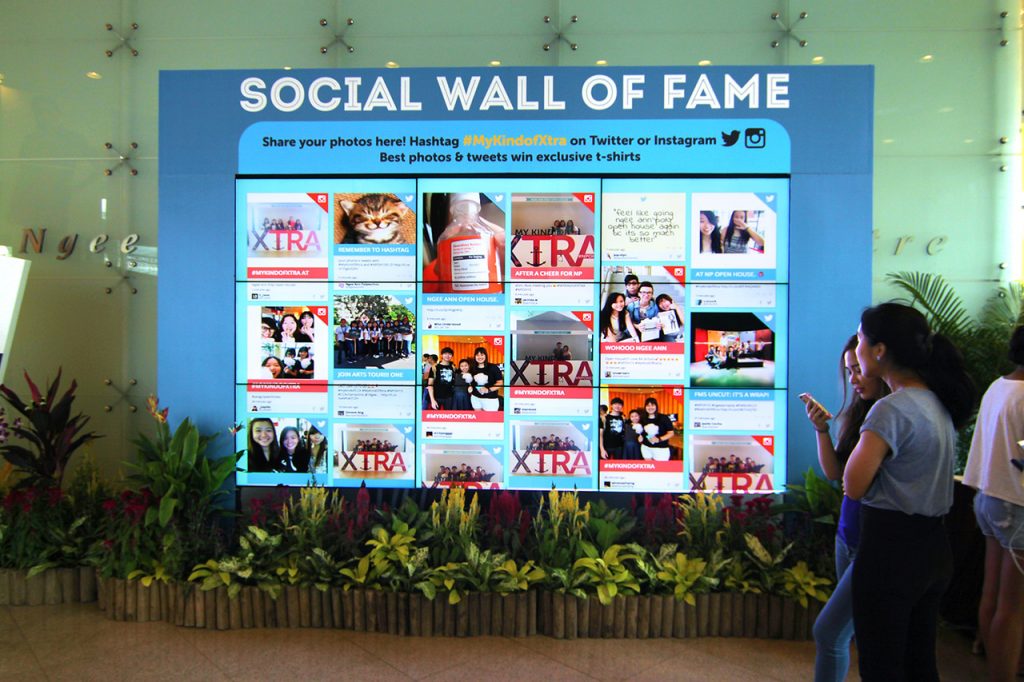
Your hashtag campaign doesn’t have to just say online—and it shouldn’t! You should not only promote your hashtag campaign in store, but also share the results and feature UGC. You can do this by using TINT displays on your physical properties to connect with new customers and increase revenue. This can keep the momentum of the hashtag going, and can begin to foster a community amongst your customers, which is essential to create brand advocates.
A strong example of this is Specialty Produce’s use of TINT and a branded hashtag to build a following and a community. Specialty produce provides more than 600 restaurants with fresh produce. They use TINT displays with customer UGC, showing all the different ways their produce is used by clients. They encourage more users to share UGC at the same time, and remind them to use #specialtyproduce when they do. This promotes them and gives them valuable UGC to continue to build their community with.
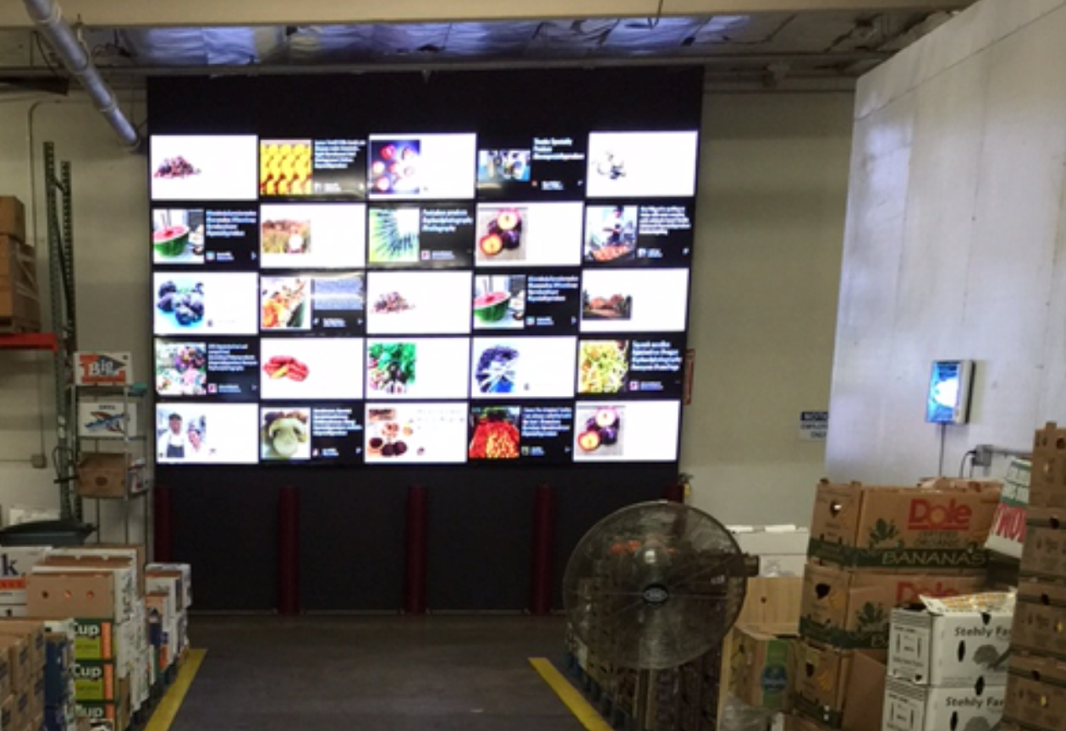
Featuring UGC from your hashtag campaign on your physical property can help create an online community around your brand.
You can also use a specific hashtag to promote or “live tweet/stream” an event with the help of your customers. While they’re at your event, ask them to share their experience, answer relevant questions, or give their opinion with your hashtag, and stream their responses live via a TINT display. This increases engagement and helps you promote your event to everyone who isn’t there, too.
This strategy works incredibly well for any businesses with a physical location (even if there’s only a physical location long enough to hold an event). Businesses in the industry, retail, and hospitality industries are extremely well suited for this type of social display.
Final Thoughts
Keeping the momentum going from your hashtag campaign can increase the duration of the campaign itself and the overall impact on your business. By repurposing the content even after the campaign is over, you can even continue to increase revenue and social engagement for an extended period of time. UGC displays like TINT can help you feature the content from specific hashtag displays in multiple locations to give you the maximized results for your hashtag campaigns, every time—even after they’re technically over.
Want to keep the momentum going from your hashtag campaign? See how TINT can help you maximize your results—and your revenue.

